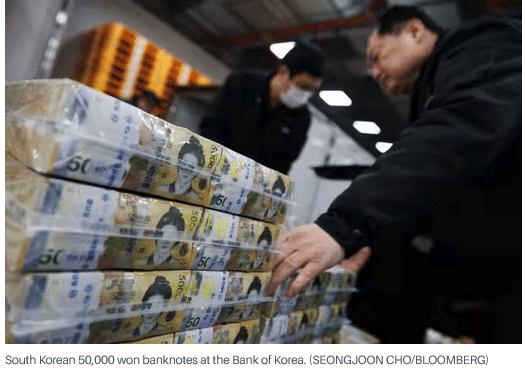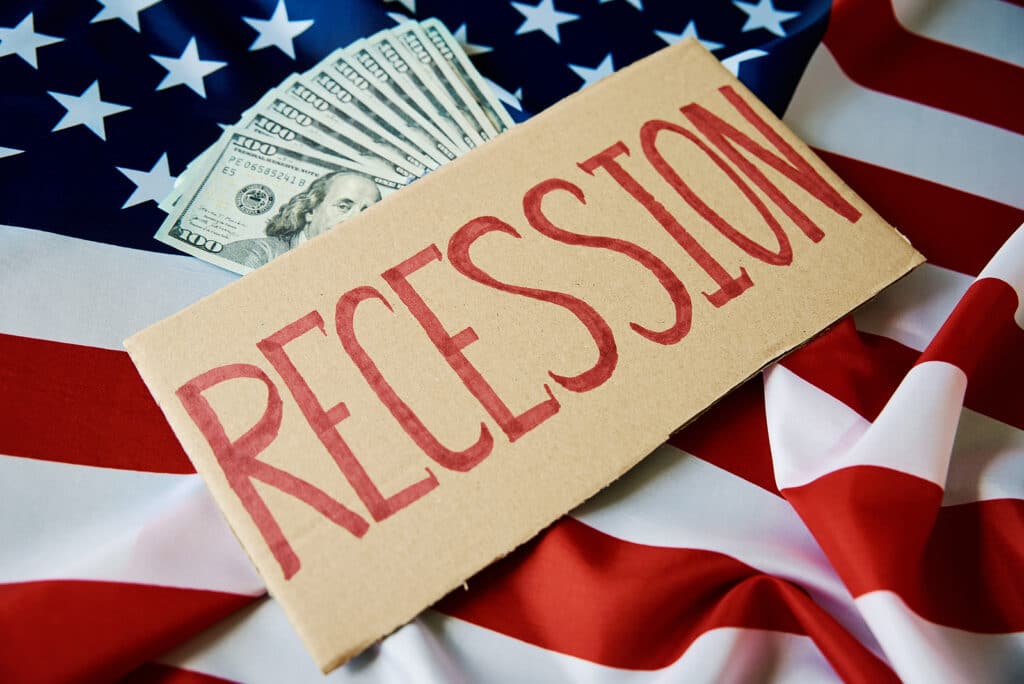
The sharp moves higher in the Taiwanese dollar and other Asian currencies against the U.S. dollar in the past couple of days are giving global investors flashbacks of the late 1990s Asian currency crisis, adding to concerns that investors are rethinking their appetite for U.S. assets.
These moves have made the dollar weaker, with the U.S. Dollar Index down 8% so far this year. That runs counter to the conventional wisdom that the dollar strengthens on the back of tariffs, which make foreign goods more expensive for U.S. currencies and theoretically narrow the trade deficit and reduce the amount of dollars going abroad.
However, some of the tamest currencies in Asia are seeing wild swings higher. Take the Taiwanese dollar which strengthened against the U.S. dollar 4.4% in a single session and 5.8% for the week for its biggest single-day and one-week gains in history. It strengthened another 4% on Monday, and Taiwan’s central bank urged calm overnight.
Other Asian currencies have also been volatile, with the Korean won strengthening 2.5% Friday; and up another 1.5% Monday. The Singaporean dollar SGDUSD+0.10% is up and Japanese yen USDJPY-0.80% also climbing.
Initially chalked up to low volumes due to a holiday for Buddha’s birthday on Friday, the strength of these currencies versus the dollar again on Monday “points to an important shift in policy,” Louis Gave, head of Gavekal Research, wrote in a note to clients.
Others agree. Jens Nordvig, founder of macro research consulting firm Exante Data, writes in a social media post Monday that these “aren’t tactical shifts” but strategic ones, imploring investors to manage their risk accordingly.
Another data point that sticks out to Nordvig: risk reversals—the difference in pricing for dollar-denominated puts versus calls—are “suddenly in a new regime” and back to levels not seen in the post-global financial crisis period.
Such sharp moves in typically tame currency markets raises concerns of trouble among those who own a lot of dollar-oriented assets, like Taiwanese insurers, and the prospects they sell dollars to deal with the pain. That in turn could roil the U.S. bond market.
From a bigger picture view, these shifts add to the notion that foreign investors are rethinking their hefty allocation to U.S. assets in the wake of Donald Trump’s efforts to reorder global trade and alliances.
Global strategists are also paying close attention to past comments from the likes of Treasury Secretary Scott Bessent that floated the idea Asian countries voluntarily revalue their currencies in some new version of the Bretton Woods agreement.
With many Asian currencies “seriously undervalued,” Gave says that made sense in theory though could be painful in practice, especially as Taiwan already is seeing weak tourism, and a 10% revaluation in its currency would hurt domestic producers’ profitability.
But global investors see parallels to the late 1990s currency crisis, which was sparked by Thailand’s devaluation. Gave says there is the possibility of a “reverse Asian crisis” where the currencies strengthen instead of tumble against the dollar as they did in the 1990s.
Taiwan and South Korea’s dependence on the U.S. for security could make them more willing to revalue their currencies. However, it’s unclear if Japan, southeast Asian currencies or China would follow, he says. Overnight, the Taiwanese central bank pushed back against speculation the U.S. had asked them to revalue their currency.
Read the full article HERE.


